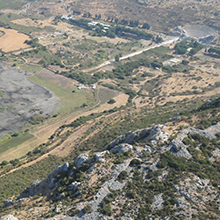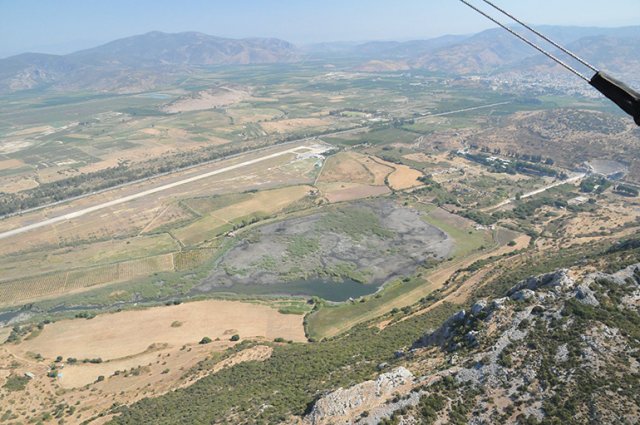
Ephesos, the Artemision and the Ephesia – A geoarchaeological perspective
Helmut Brückner & alii
Helmut Brückner & alii
Vendredi 26 novembre 2021, 16h-19h
Conférence en visioconférence, dans le cadre du séminaire « Géographie historique et géoarchéologie » (3/12)
Lien vers la visioconférence
ID de réunion : 997 7080 3742 / Code secret : AOROC2021
Helmut Brückner (univ. de Cologne) et alii
Ephesos, the Artemision and the Ephesia – A geoarchaeological perspective
Résumé / abstract :
Postglacial sea-level rise led to the development of extended marine gulfs in the grabens of the western margin of the Anatolian Plate. During the last seven millennia, these marine indentations have silted up due to the continued progradation of the deltas of major rivers. A prominent example of this geomorphological metamorphosis from a ria coast to delta-floodplains is the Küçük Menderes (Cayster, Kaystros) valley and its tributaries, with Ephesos as the most prominent ancient harbour city. The presentation outlines the spatio-temporal scenario of this fundamental landscape change based on geoarchaeological criteria, archaeological evidence and information from literary sources. A special focus is on the permanent westward shift of the harbour sites due to the siltation process, and on the fate of the Artemision from a geoscience point of view.
Ill. (see file attached) : The Roman harbour basin and the harbour canal. The lecture will present the spatio-temporal transformation of this area from a marine gulf into a floodplain, based on geoarchaeological evidence. The siltation of the harbour of the once flourishing city of Ephesos was one of the main factors for its decline. The theatre and the Arkadiane, the prominent harbour street, are visible on the right side of the photograph.
Responsable : Anca Dan







